
15 Types of Herbs and Their Uses
One of the things that both Turkish and South Asian cuisines have in common is the abundant use of herbs. The aromaticness of the herbs, along with their unique flavours and their healing properties, are all part and parcel of what makes the cuisines from the Mediterranean to the furthest reaches of South Asia as delightful as they are.
So if you are looking to add some fresh flavours and aromatic fragrances to your cooking, you might want to add some of these ingredients to your shopping list. Read on for the top fifteen types of herbs that are commonly used in both Turkish and Asian cuisine.
Coriander
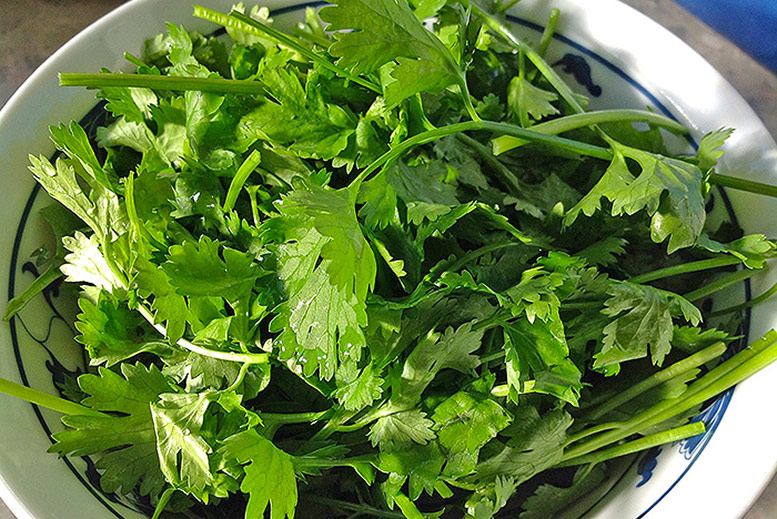
In many of the cuisines of the Indian Subcontinent, fresh coriander leaves, also known as cilantro, are used to garnish, flavour and add an amazing fragrance to most savoury dishes. Coriander is a classic Indian herb, so indispensable that many recipes just don't seem the same without it.
Also, in some regions of Turkey, fresh coriander leaves are added to soups and salads.
Mint
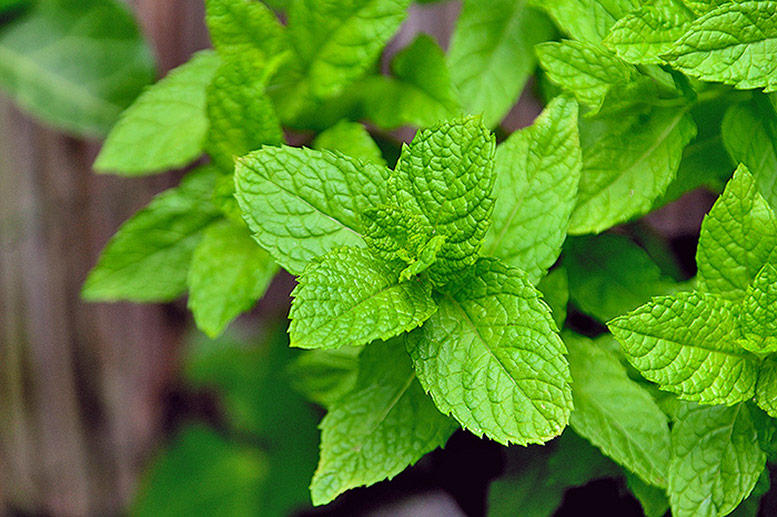
There are several types of mint plants, and it is a herb that is used in many parts of the world. In Indian cooking, fresh mint is added to cooling yoghurt chutneys and dips such as Raita. Fresh or dried, mint can also be added to stews and sauces. Delicious hot and cold drinks can be concocted with the intense fragrance and fresh flavour of mint when used fresh.
In Turkey, mint leaves are used in marinades, salads and mezes as well as in both tea and cold drinks.
Curry Leaves
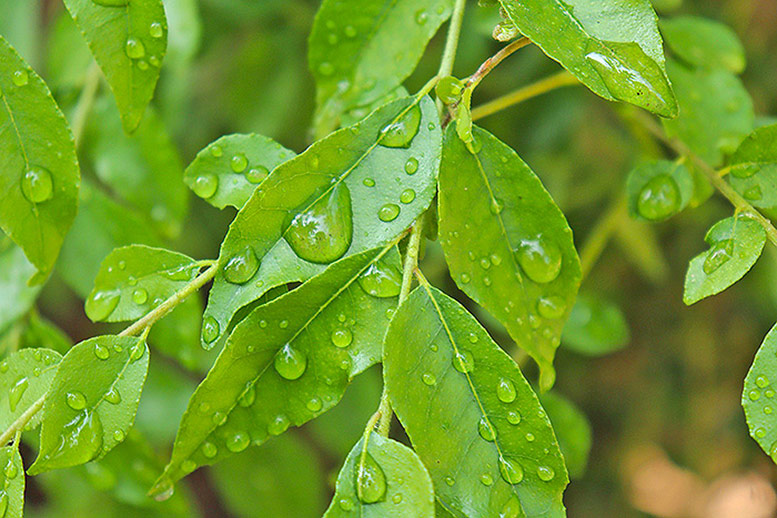
The use of curry leaves in cooking is widespread throughout South India and Sri Lanka, along with the oil that can be extracted from them, which is not only used as a great way to season food but also for its medicinal benefits.
The word 'curry' is often used in the Western world as a generalisation for any dish with a spicy sauce that comes from the Indian Subcontinent; however, curry leaves are more often used in South Indian cuisine in classic dishes such as Sambhar, rather than the North Indian and Punjabi dishes that the word curry is associated with.
Bay Leaves
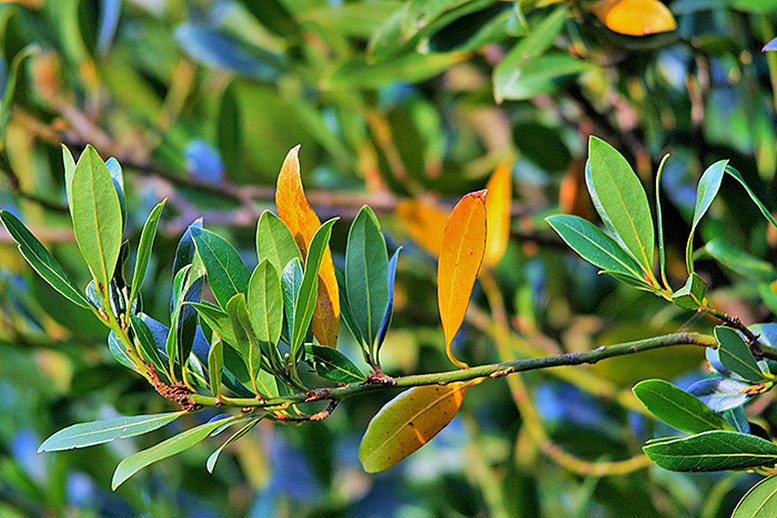
Also known as Laurel, bay leaves are frequently used in Indian and Pakistani cuisine to give a subtle flavour and aroma to rice dishes such as pilau and biryani, and as a component of Garam masala.
Holy Basil Tulsi
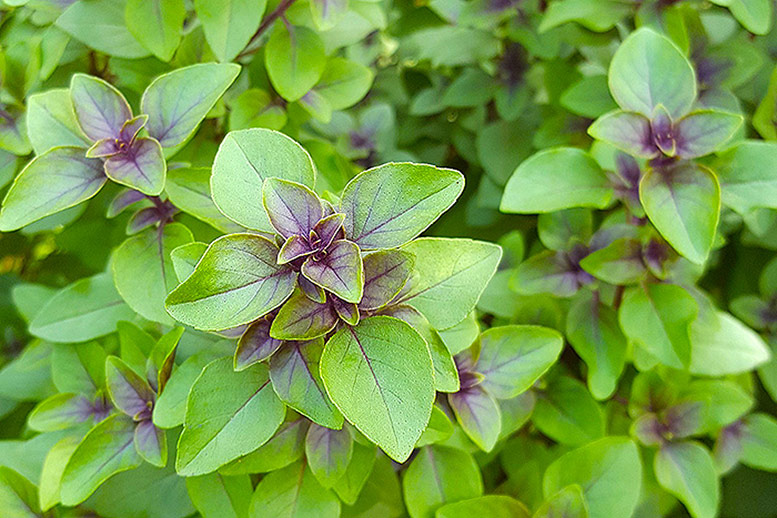
Indigenous to South Asia, Holy Basil, or Tulsi, is known as the Queen of Herbs. Holy Basil is said to have been used for over 5000 years for its health benefits and can be found growing in clay pots in many homes in India, and used to make tea by steeping it in boiled water.
Tulsi leaves can also be used to flavour soups and sauces, as a garnish, or even eaten raw to ward off coughs and colds.
Fenugreek Methi
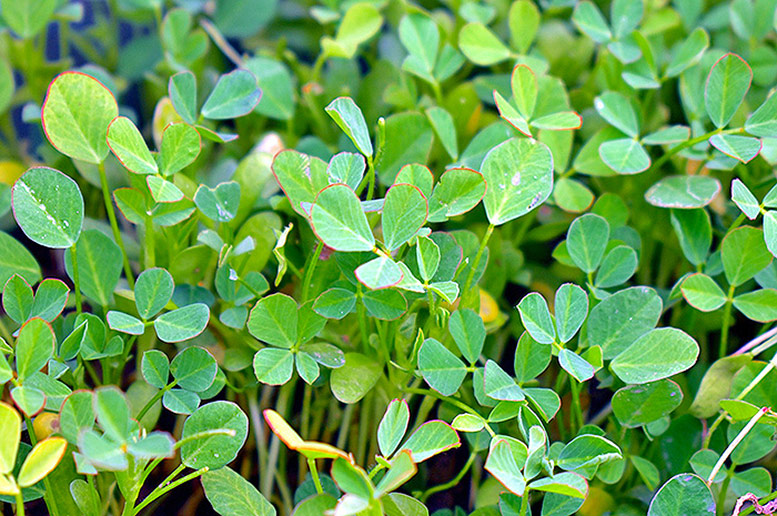
Fenugreek leaves are used to add that characteristic 'curry' flavour and aroma to many South Asian recipes, especially in Punjabi and North Indian cuisine. They can be used fresh or dried (the latter being known as Kasuri methi) and add a unique flavour that will make any sauce or stew stand out from the crowd.
Lemongrass
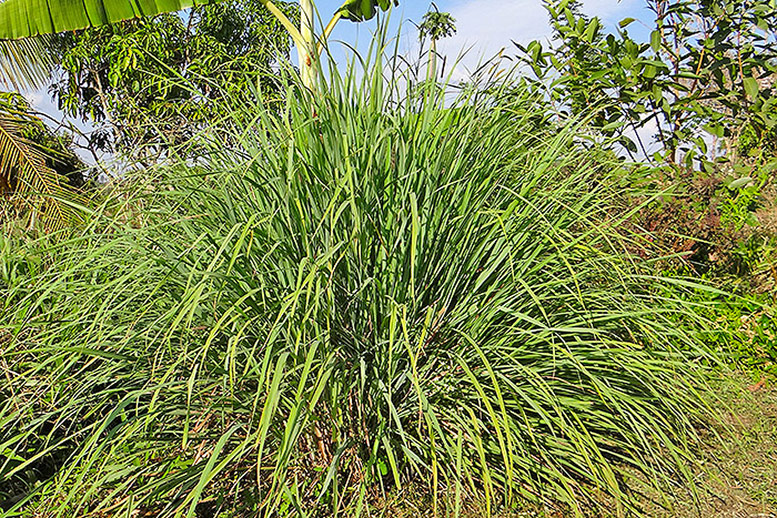
Native to Indonesia, lemongrass is cultivated throughout Southeast Asia but can also be found in South Asian cuisine to flavour certain dishes and is more commonly brewed as tea. It is a perennial grass that has an amazing lemony flavour.
In the eastern region of India, lemongrass is used in herbal medicine, also known as Ayurveda, as it is known to aid digestion, relieve anxiety, and the oil extracted from lemongrass has antifungal properties as well as being a natural pesticide and an insect repellent (lemongrass is used in citronella candles).
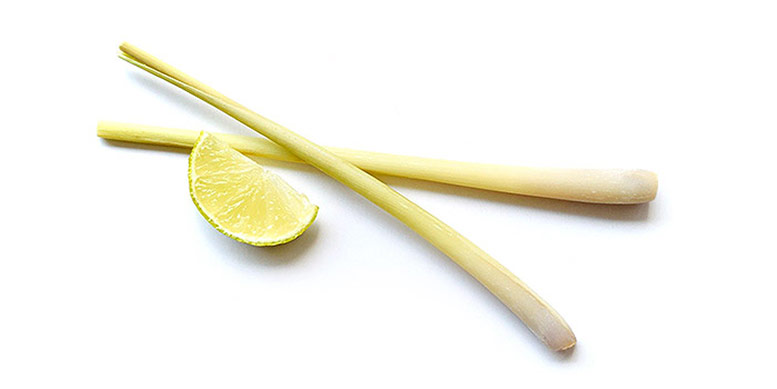
Parsley
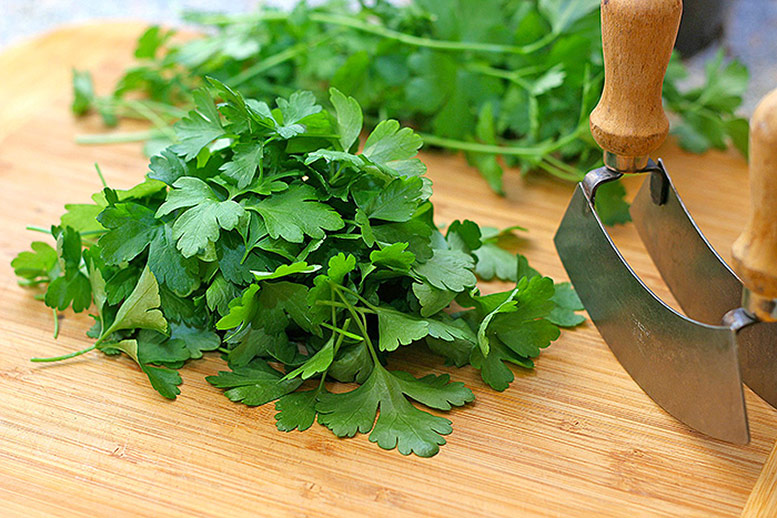
Flat-leaf parsley, also known as Italian parsley, is used extensively in Turkish salads, kebab mixes, and sprinkled on top of dishes as a garnish. Its herby flavour adds another level of deliciousness to anything it is added to without dominating the other flavours.
Rosemary

With its relaxing aroma, rosemary can be used in several ways and is a member of the mint family. Not only is it a common component of meat dishes and sauces in Turkish cuisine, but when used fresh, rosemary can also be brewed to make tea, and the oil extracted from rosemary is used for therapeutic purposes to reduce stress.
Rosemary is packed with antioxidants, vitamins, and minerals and helps cure ailments such as bronchitis, as well as intestinal and kidney diseases.
Thyme
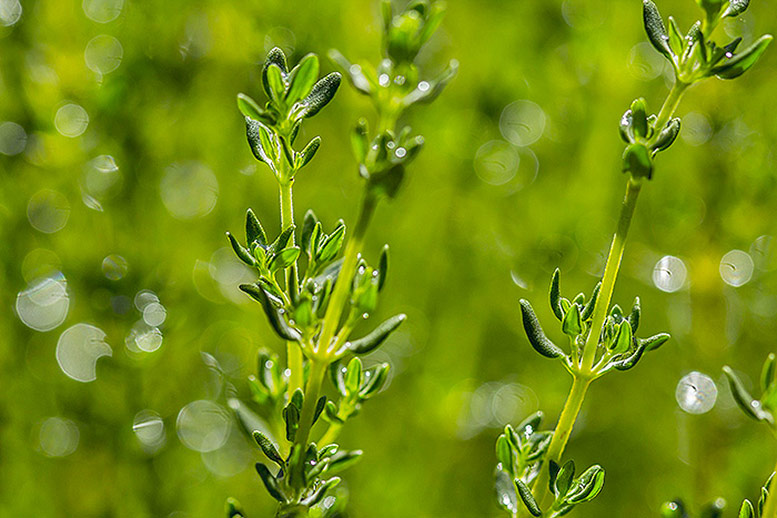
Usually picked in the mountains, thyme grows throughout Anatolia and is used in all sorts of ways. It is used liberally in meat dishes, and it is known that cattle fed on thyme produce tastier meat.
Thyme is also used brewed as a tea and is known for its antiseptic healing properties and health benefits, as it eases problems such as digestion, high blood pressure, and heart disease.
Oregano
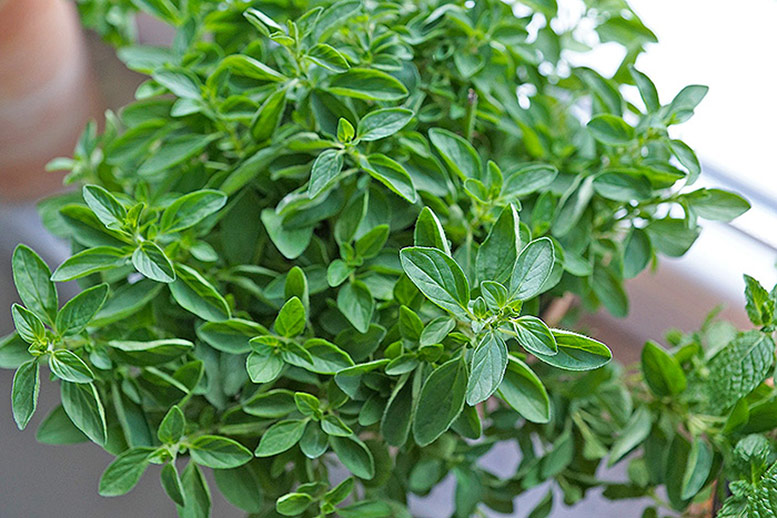
Oregano is used in many Mediterranean cuisines and is popular in the Southeastern and Aegean regions of Turkey. Olive oil is often infused with fresh oregano for dipping bread in or as a salad dressing, while dried oregano is commonly used to add flavour and fragrance to soups, meat and chicken dishes, and again soups.
Basil
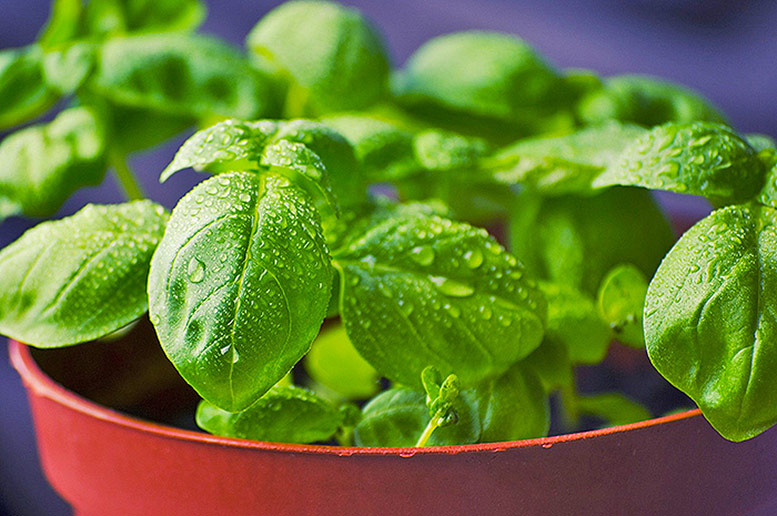
With its distinctive Mediterranean fragrance, basil is used in Turkish aubergine and pepper dishes and is surprisingly part of the mint family. Basil is a tropical plant, native to South East Asia and Central Africa, but commonly used in Mediterranean cooking and mostly associated with Italian recipes and sauces for pasta dishes.
Dill
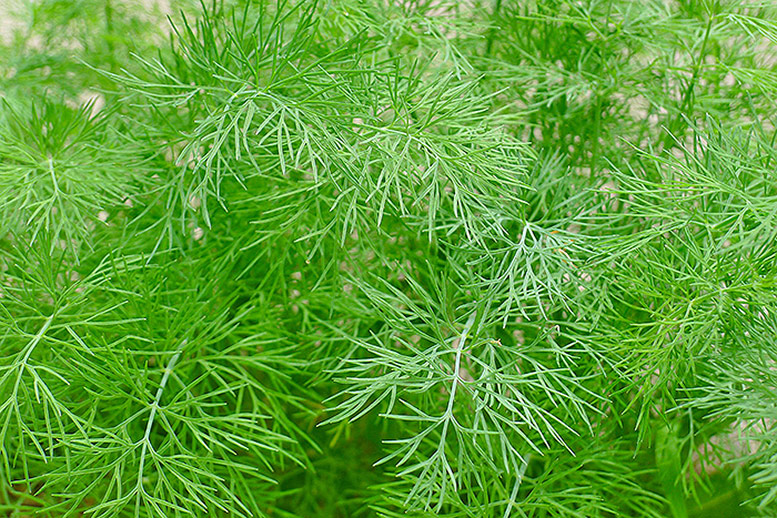
Part of the celery family, dill has a mild flavour and goes well with olive oil and salads. It also aids digestion. It is often used in Middle Eastern and Turkish cooking as well as in the mountainous regions of Northern Pakistan.
Sage
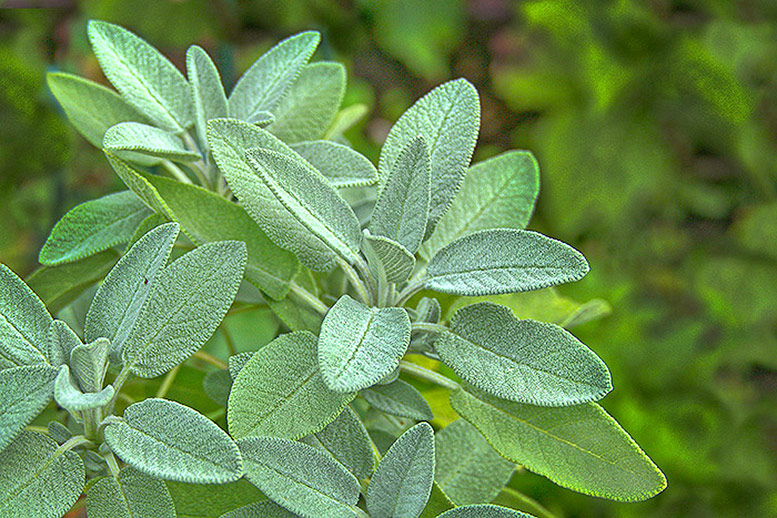
Another member of the mint family, sage is popular in many roast chicken and pasta dishes; however, it is often used to make tea in the Aegean and Marmara regions of Turkey. In fact, the Turkish word for sage is Adaçayi, meaning 'island tea'.
Stevia
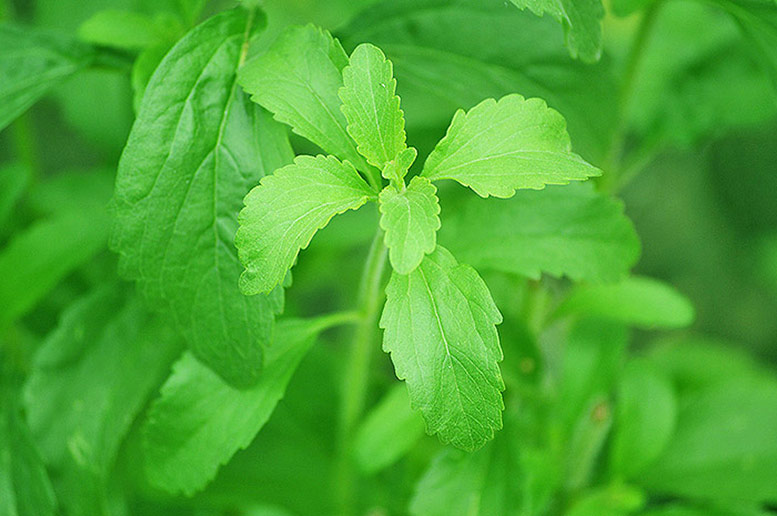
Dried stevia leaves can be used to sweeten drinks and desserts to avoid excessive consumption of sugar and to avoid artificial sweeteners altogether. They can often be seen in the spice bazaars of Istanbul and beyond. The dried leaves of the stevia plant are seen as a healthier alternative to the more processed, mass-produced stevia products that can be found on supermarket shelves.
We hope that this information has inspired you to keep some herbs and spices at home and incorporate them into your future recipes, for exciting results that are as appealing to the eye as they are aromatic.



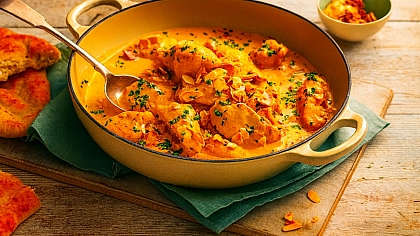
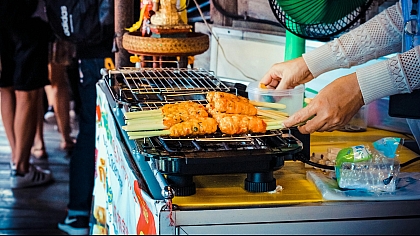

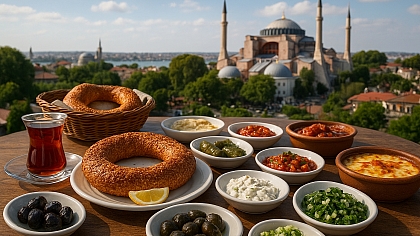
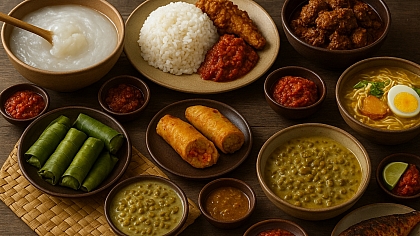
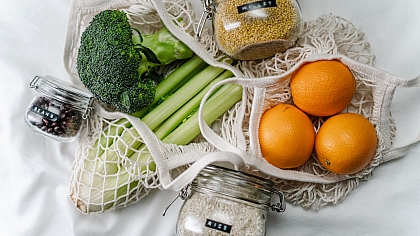
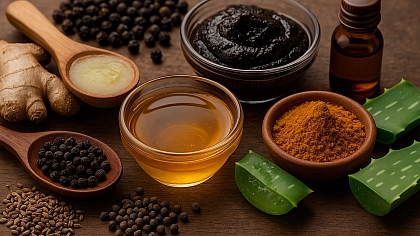
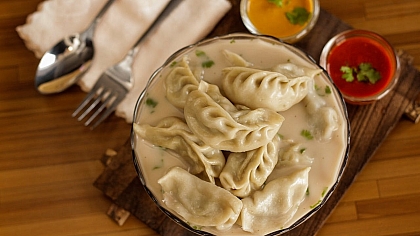
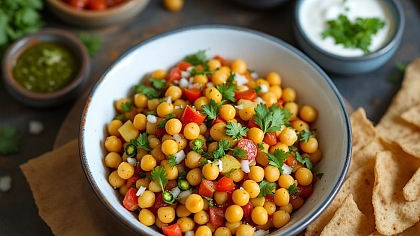
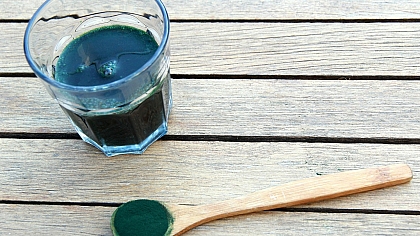
COMMENTS
owao! i have learnt a lot about herbs which i am planning to plant them and use them accordingly.